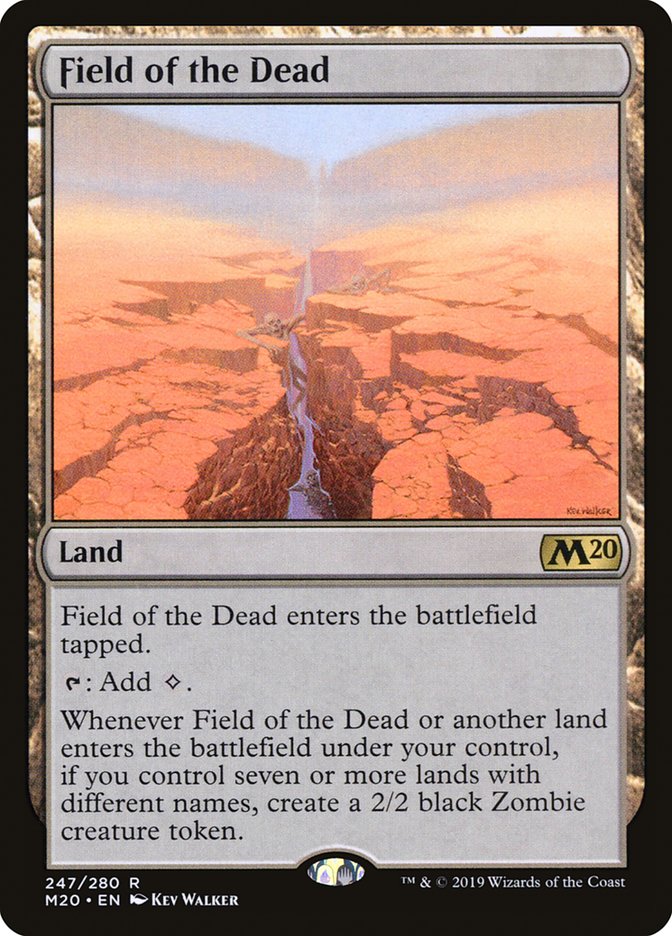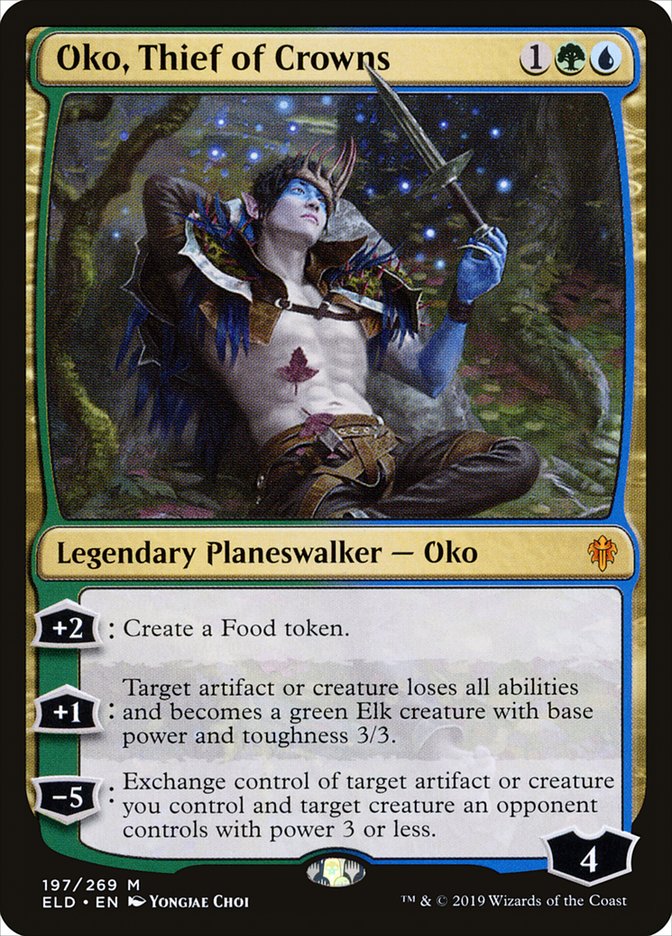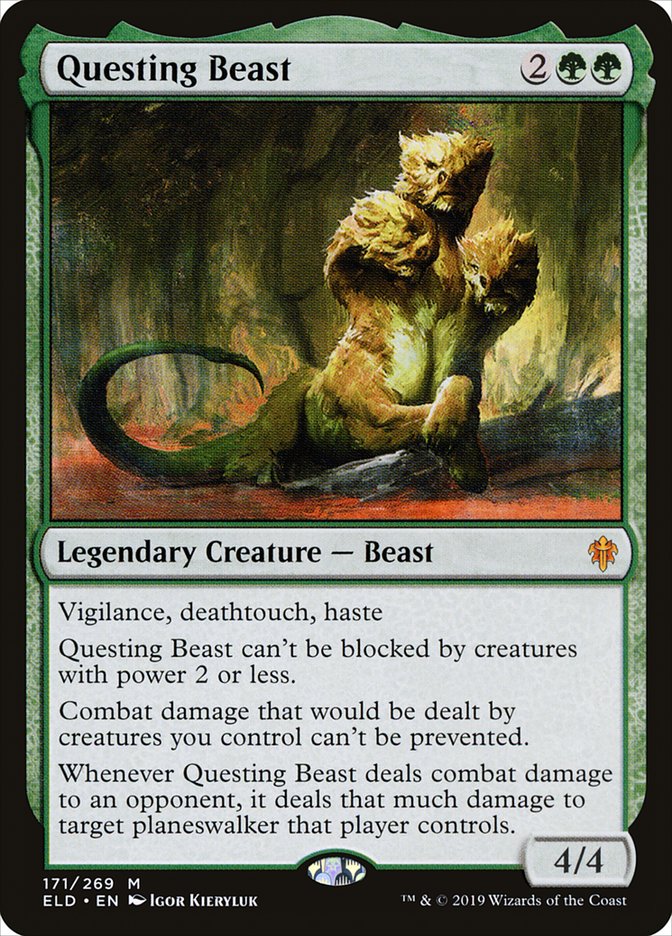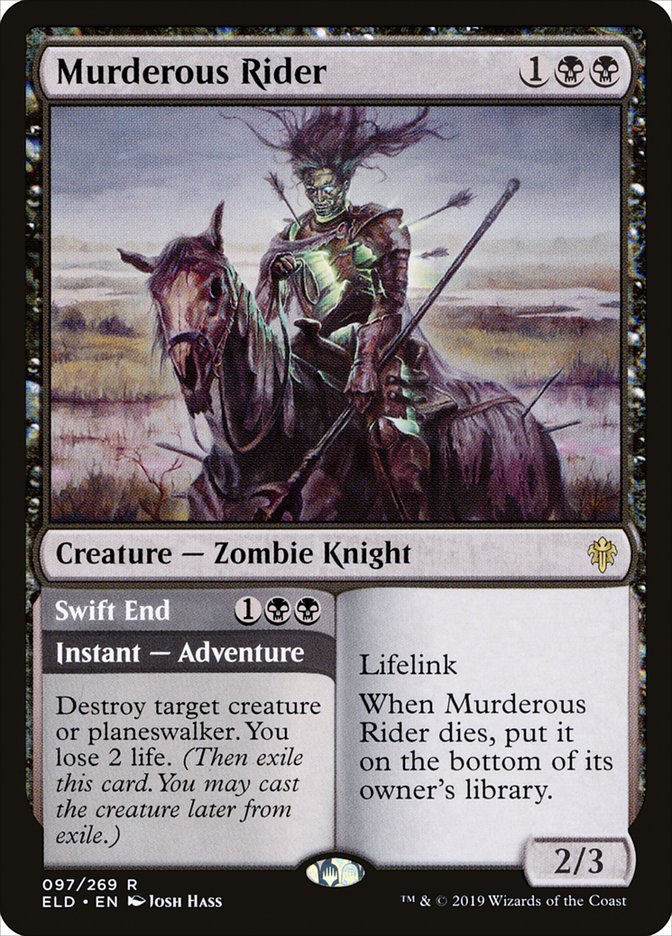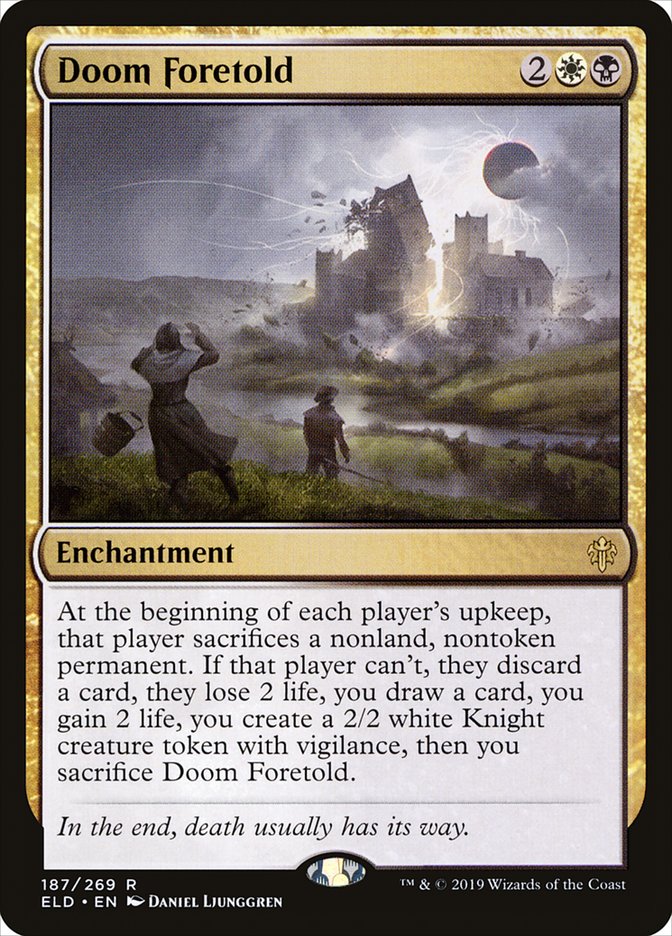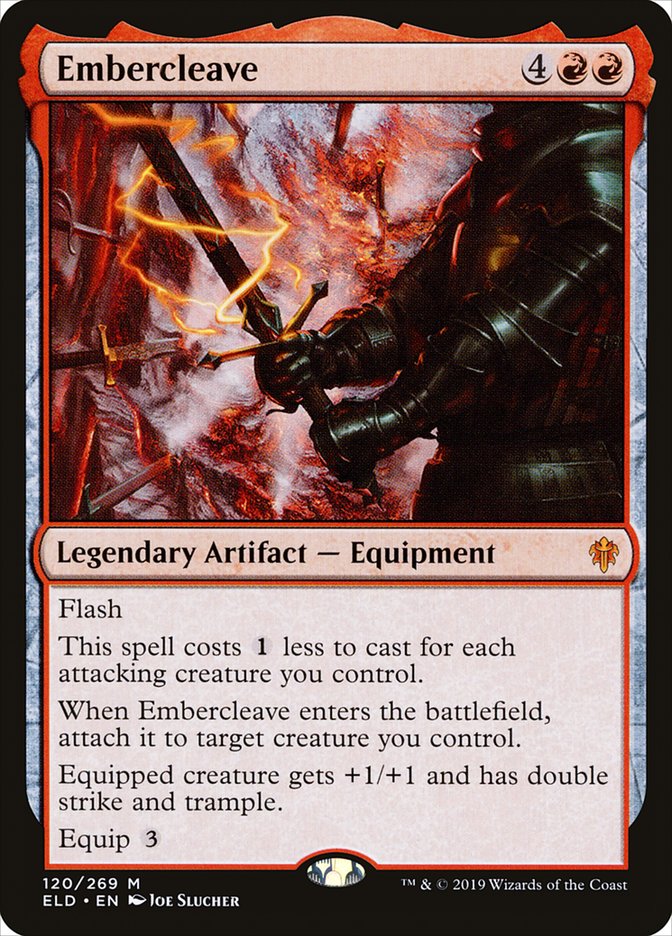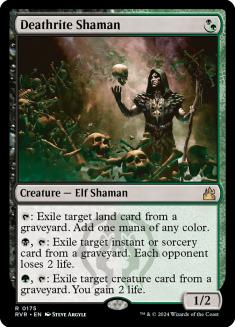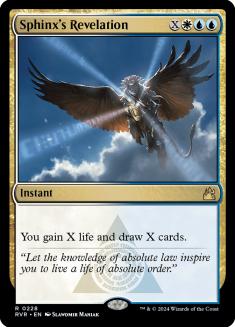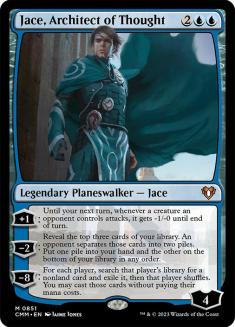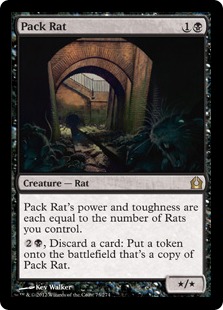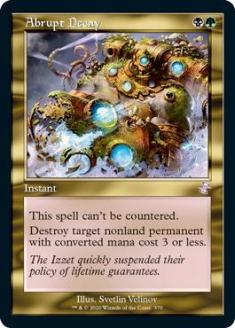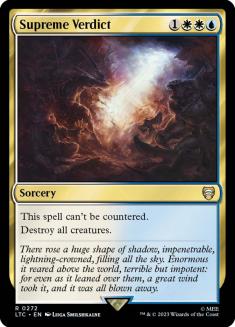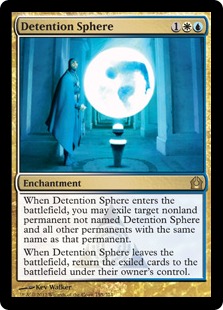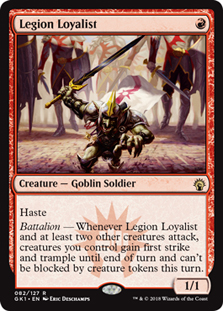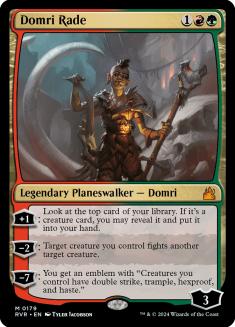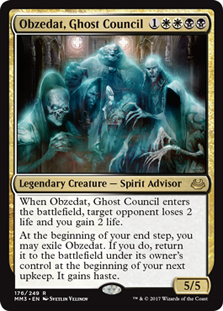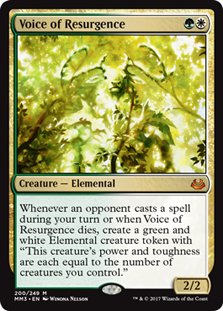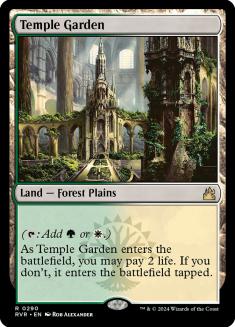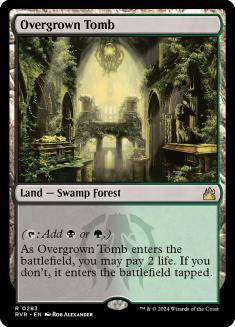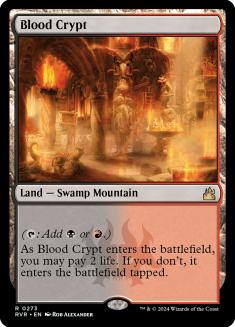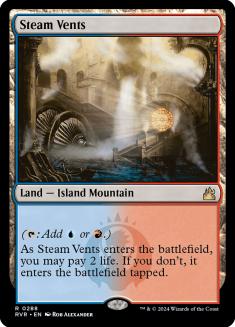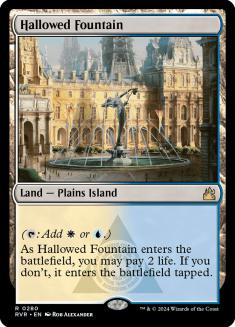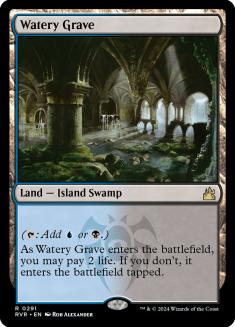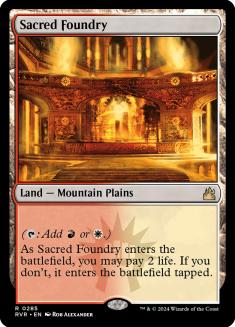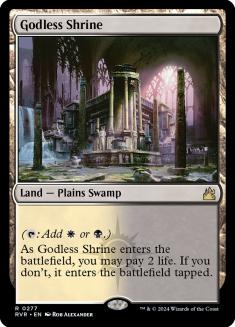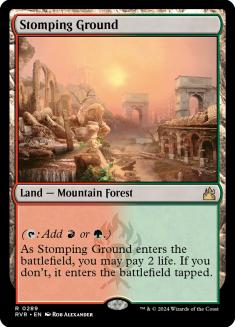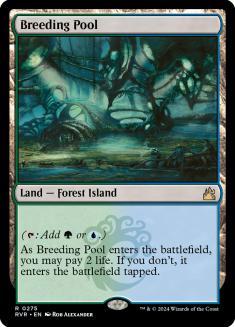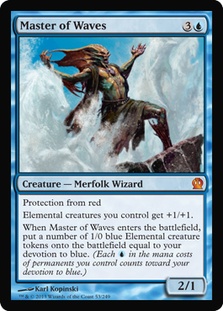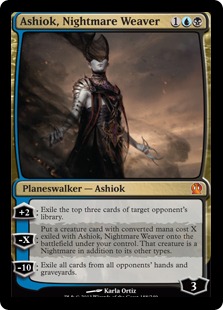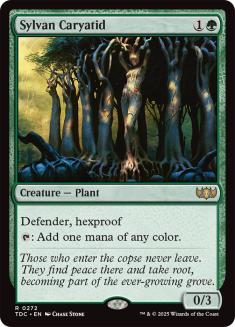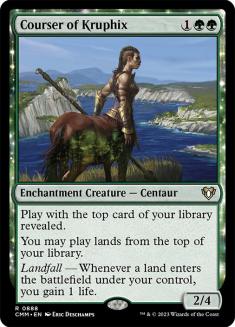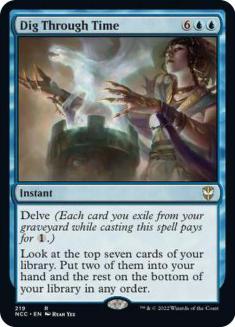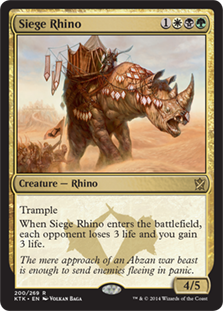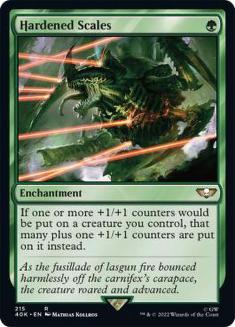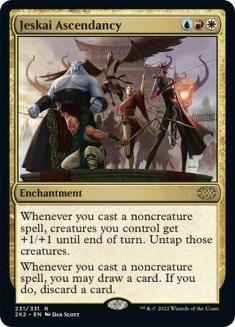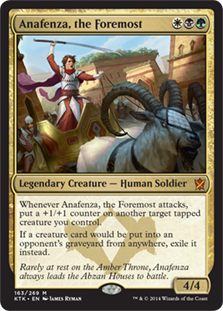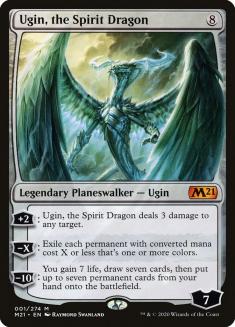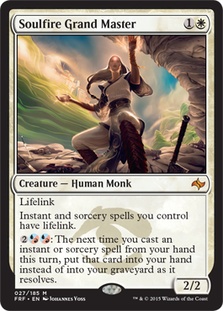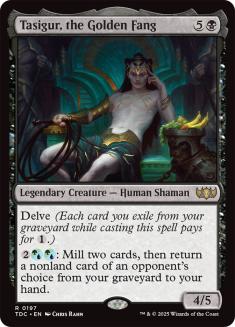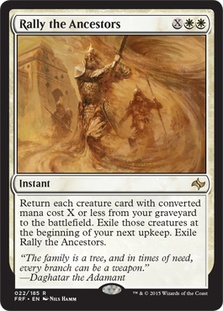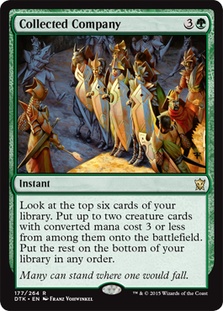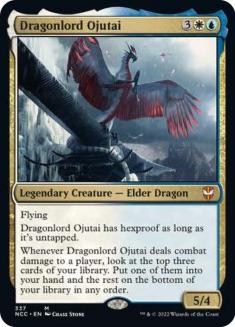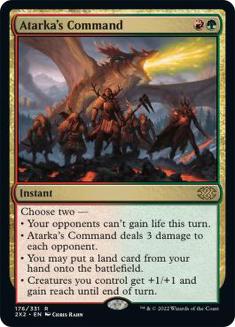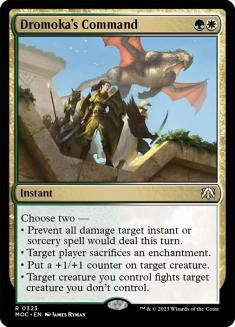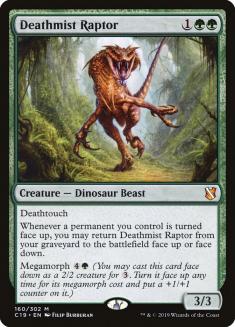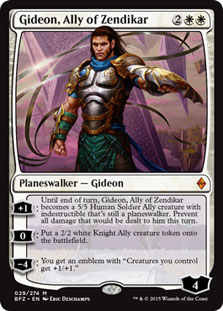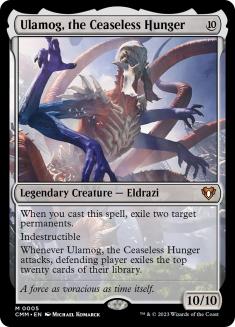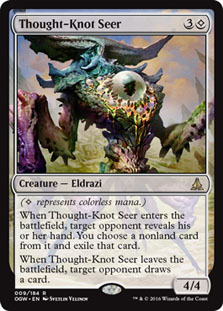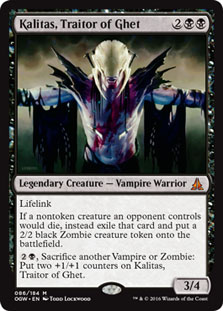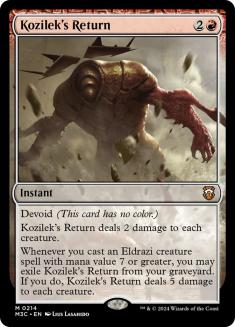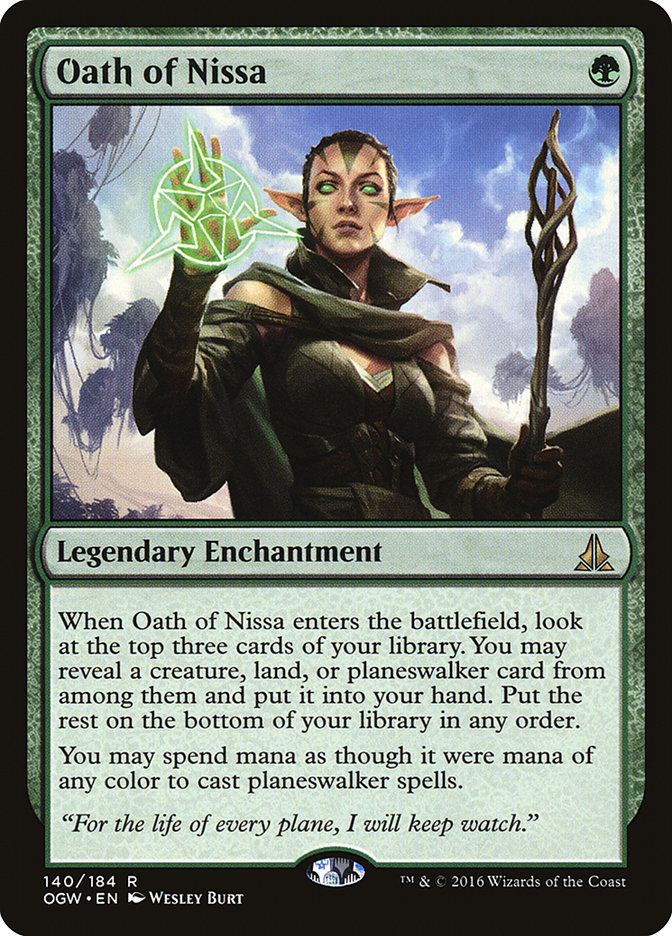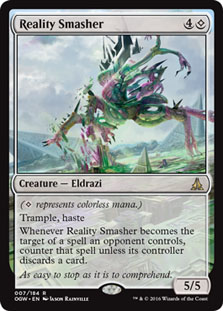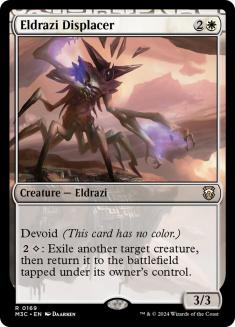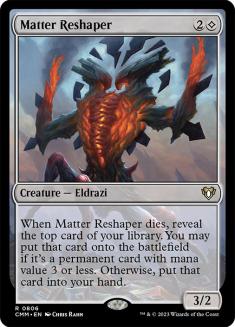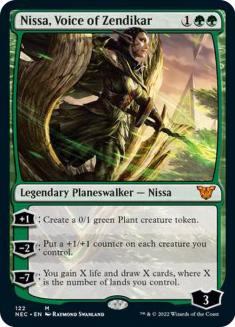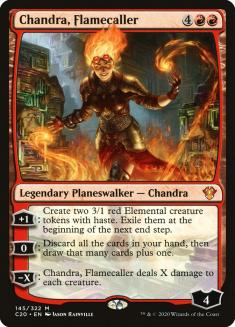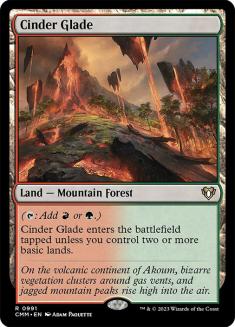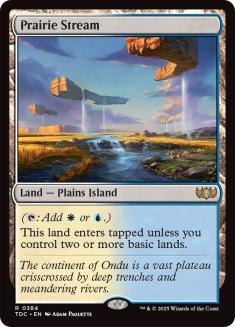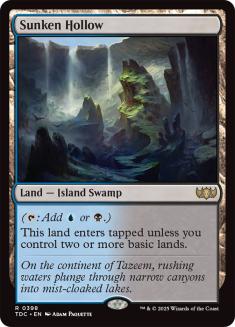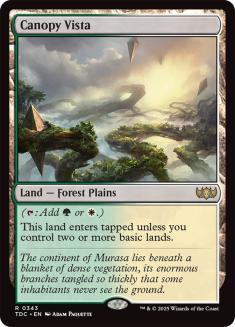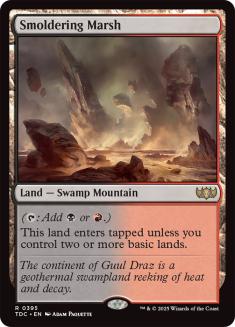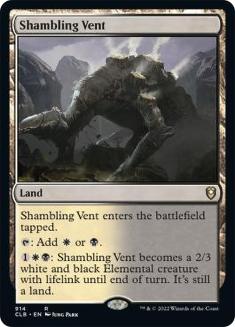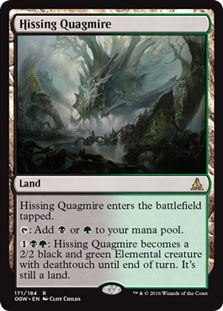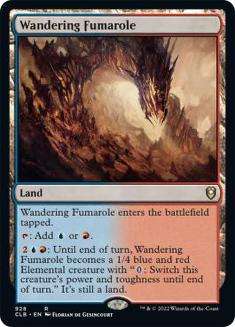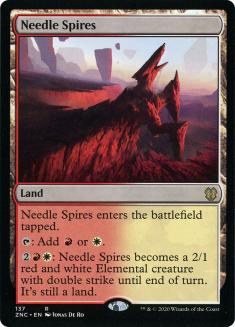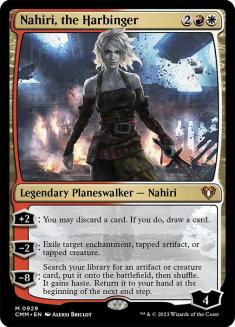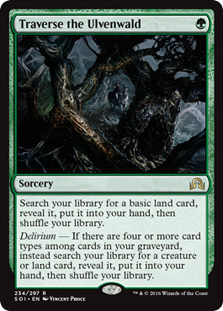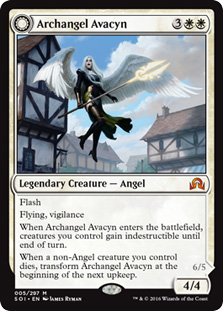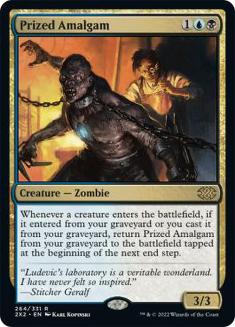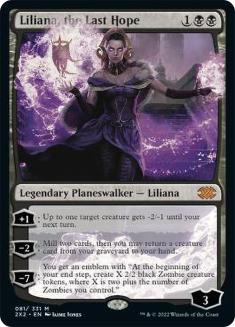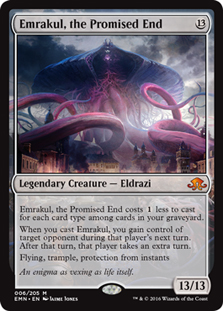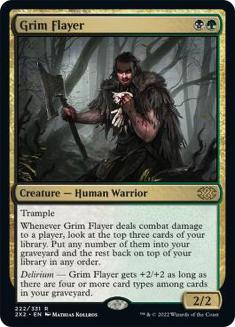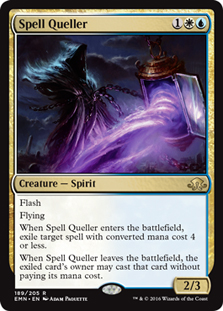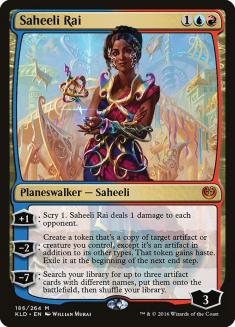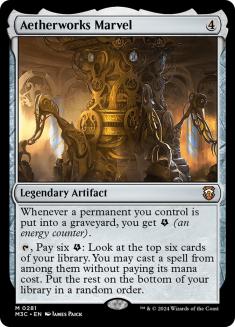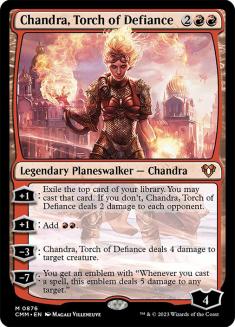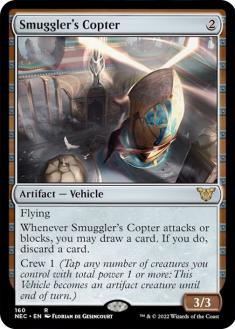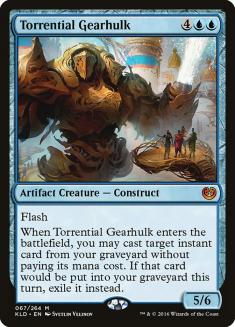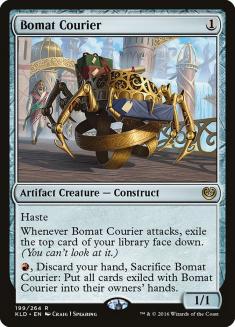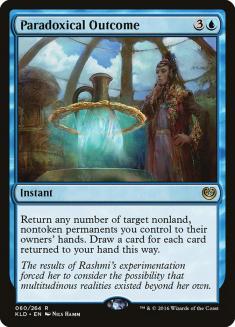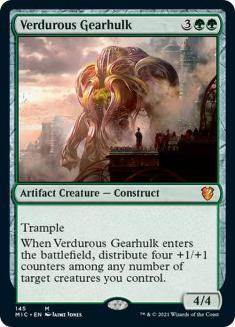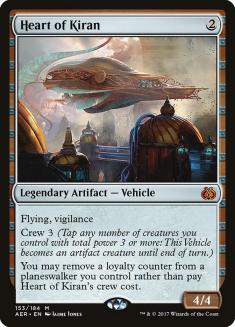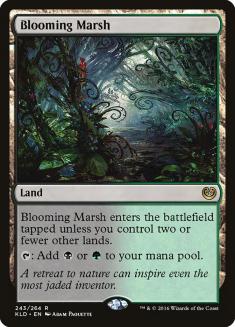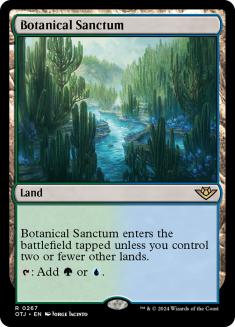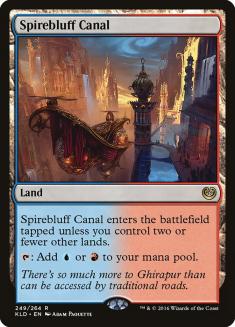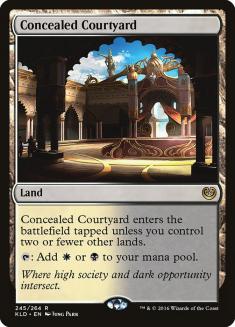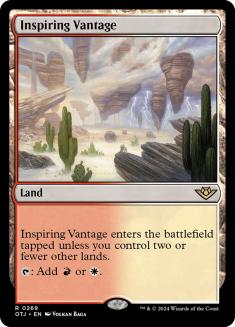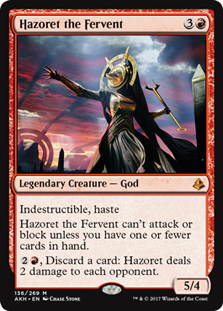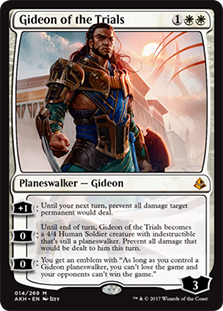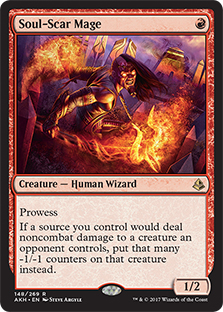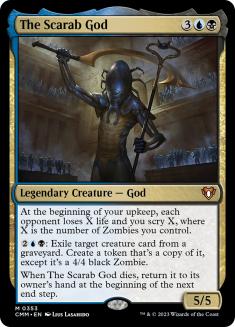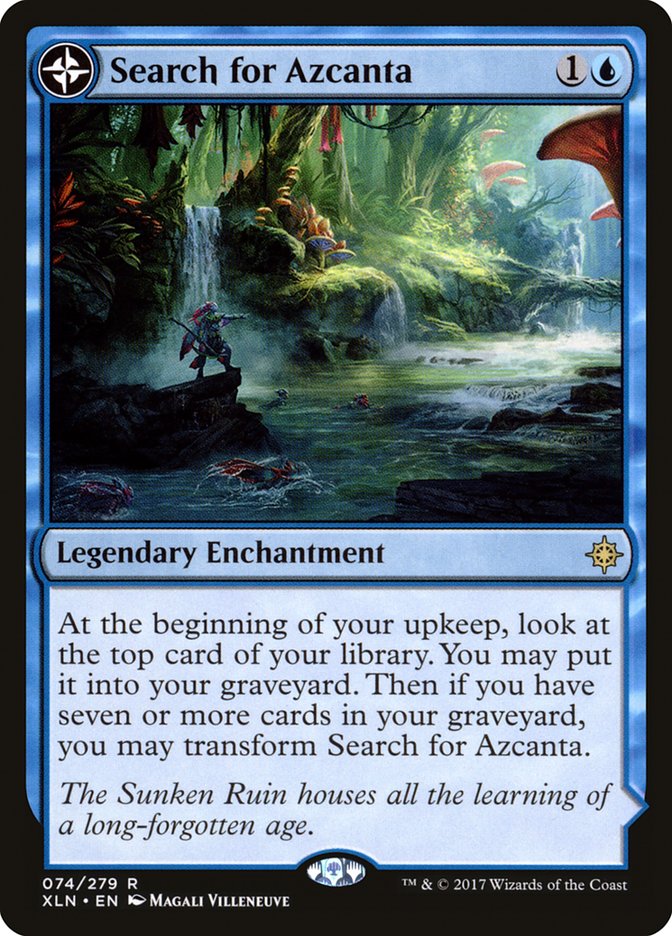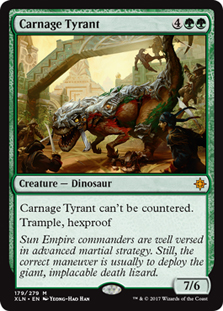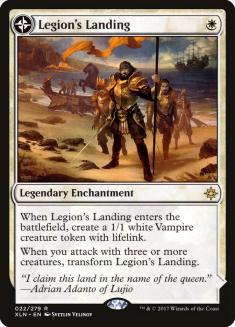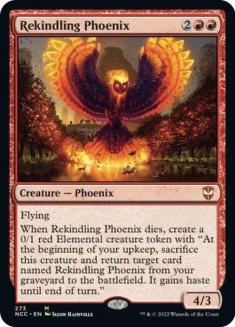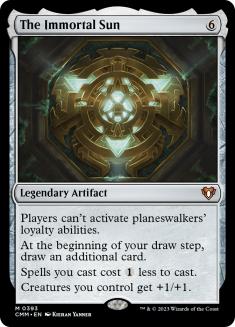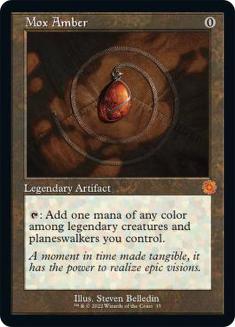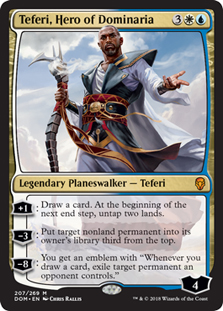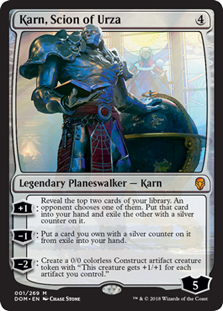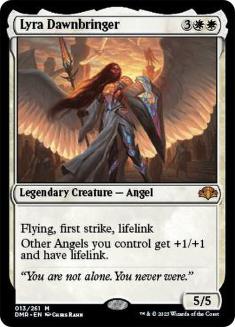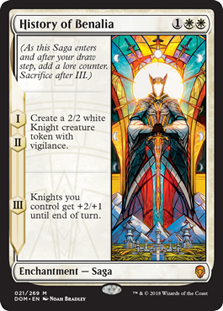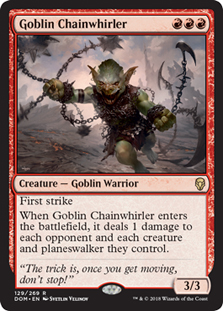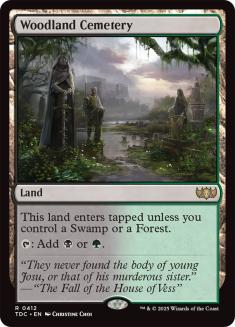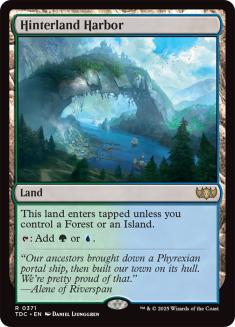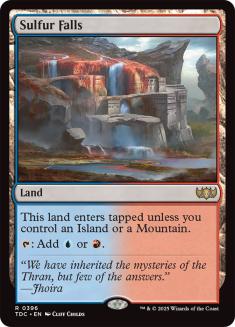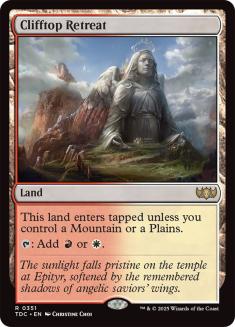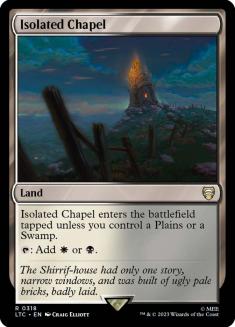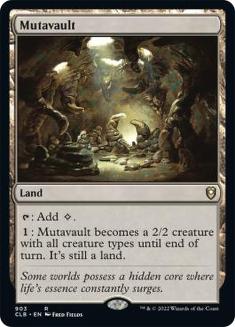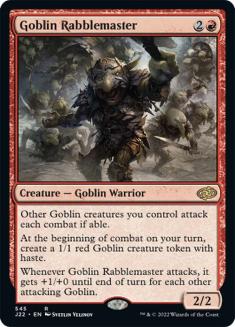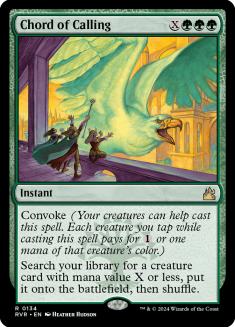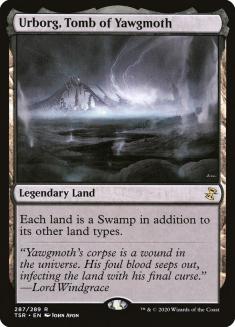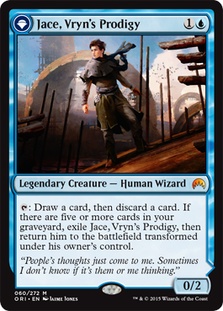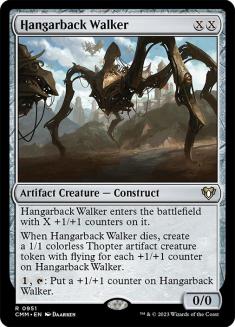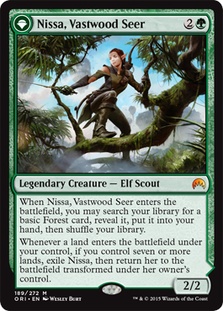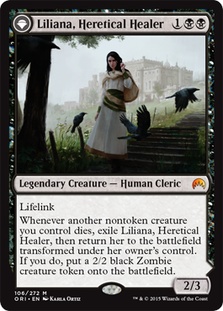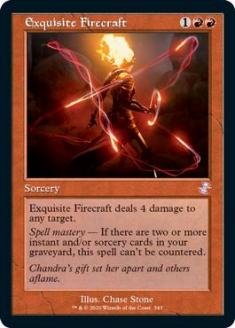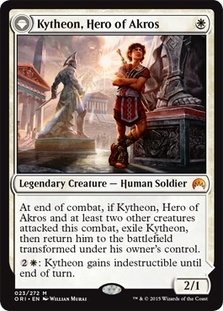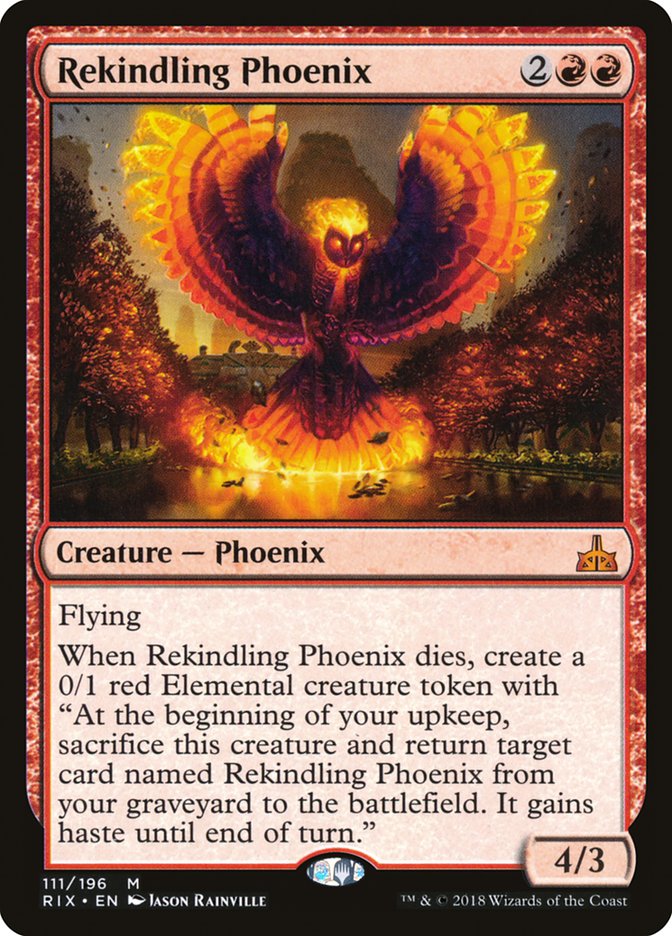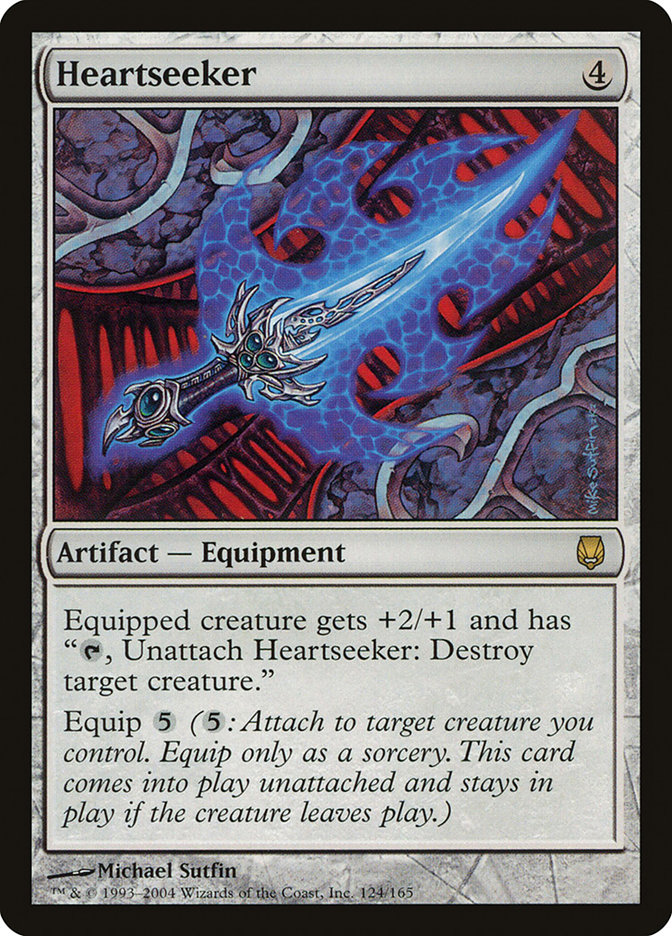Oh my goodness…
When I decided to publish my column on Tuesday instead of Monday so I could properly address the financial fallout of yesterday’s Banned & Restricted List announcement, I had no idea that Wizards of the Coast was about to drop their biggest bombshell of the year.
We’ll be getting to Pioneer in a moment – I suspect it’s what most of you clicked on this link to read about—but I’d like to spend a few moments talking about yesterday’s other announcement. You know, the really good card that was just banned in Standard? The story I was prepared to write an entire column about? Yeah, that’s pretty big news, too, so let’s start there.
Why Did WotC Ban Field of the Dead and Nothing Else?
If you watched Mythic Championship V over the weekend, you might be scratching your head over WotC’s decision to ban Field of the Dead instead of Oko, Thief of Crowns or Nissa, Who Shakes The World. Both of those cards looked powerful and oppressive all weekend, while Field of the Dead was kept off-camera as much as possible. The fact that only one Golos deck made it into the Top 8 felt meaningful, too – like, hey, maybe we were making too big a deal out of Bant Golos in the first place?
Of course, almost 50% of the decks registered for Mythic Championship V were some variation of Bant Golos, and the rest of the field was pre-sideboarded and finely tuned to beat them. WotC is betting big on the fact that the Standard metagame will open up considerably without Field of the Dead around, and we’ll see if they end up being right or not. It’s true that there are a lot of decks that simply couldn’t do anything against Bant Golos, and those decks should be able to compete against Gilded Goose and Oko. Will that be enough to keep the Food decks down? I don’t know, but at least there’s some logic in WotC’s actions.
What Standard Cards Are Gaining Value in a Post-Field of the Dead World?
Oko, Thief of Crowns has been the biggest financial winner of the banning so far. Between Oko’s dominant showing at the Mythic Championship and the fact that none of the key cards from the Food decks were banned, it seems pretty clear that Throne of Eldraine Standard now belongs to Oko. The powerful planeswalker is currently sold out at $75 on Star City Games, but the market price is closer to $80 right now. That’s more than double what Oko was worth last week, and he is currently the most expensive Standard-legal planeswalker since Jace, Vryn’s Prodigy.
Should you buy Oko at $80? No, but you might have to hold your nose and do it anyway if you want to play the best deck in Throne of Eldraine Standard. No matter what happens in a post-Field world, the synergy between Gilded Goose, Oko, Nissa, and Hydroid Krasis will make for a very strong Tier 1 deck. We’ll know in a couple of weeks whether WotC will have to ban something else or not, but I can’t really see a world in which Oko doesn’t see a lot of play going forward. Just be aware that people are going to be calling for yet another banning if Oko decks dominate Mythic Championship VI, which would cause the price to drop.
Oko isn’t the only green card gaining lots of value right now, either. Questing Beast has also jumped about $10 over the past couple of hours, and it might be even higher by the time you read these words. Not only does Questing Beast see play in most of the Oko decks, but the big green creature is a key card in Jund Adventures as well. As with Oko, I can’t imagine that Questing Beast suddenly gets worse, and you might have to pay up for these if you want to play one of the best decks in the format.
Here’s the problem with all of this: over the long-term, Throne of Eldraine cannot support an $80 mythic, a $40 mythic, and several other expensive Standard cards like Embercleave ($20) and Once Upon a Time ($15). These prices are all inflated right now because we’ve only had access to Throne of Eldraine for about a month, and they will drop at some point. While I can’t see powerful staples like Oko or Questing Beast falling off a cliff anytime soon – they’re just too good – I would expect slow and steady decline over the next several months. That’s just what happens to cards in a set that’s still being heavily opened and drafted.
Looking beyond the Oko decks, I think Murderous Rider is in a much stronger position now. Spot removal was incredibly weak in a world that was dominated by Bant Golos, and Murderous Rider has proven itself to be the marquee spot removal card in the format. Its future price tag has the same problem that all the other Throne cards do – not everything from this set can be worth a ton – but I suspect this one will be over $10 again by the time the next Mythic Championship starts.
I wouldn’t be surprised if the Doom Foretold decks come back into vogue, too. That card was looking strong before Bant Golos took its turn in the spotlight, and it’s a great way to deal with Oko that doesn’t just fold to Veil of Summer. Fires of Invention decks should gain strength, too, and I wouldn’t be surprised if Cavalier of Flame and Cavalier of Gales are among the biggest financial winners in Standard over the next couple of weeks.
Lastly, I expect the Embercleave decks to remain popular. $20 is a lot for the deck’s signature card, but it should remain in that range for the next couple of weeks at least. Skarrgan Hellkite is an interesting under-the-radar pickup as a mythic rare that’s just $3 right now. If it ends up being a staple in whatever Gruul or Jund deck enters the format’s top tier, it’ll hit $10+ without much effort.
Okay, So Can We Talk About Pioneer Now??
Yes! And boy oh boy am I excited. Anyone who was around for the early days of Modern knows how much fun it is to explore a brand-new eternal format, especially when you probably already have half the staples you’ll need kicking around in a binder in the back of your closet.
This announcement might seem a tad sudden, and I certainly wasn’t expecting it to show up out of the blue like it did, but Pioneer was always going to happen sooner or later. Check out this article I wrote from last November on why a format like Pioneer makes all the sense in the world. Back then, I theorized that a Magic 2013-forward format would likely be the most diverse and fun, but it would require WotC to embrace the fetchlands. Turns out, the fix was just to ban those five cards. Works for me!
Will Pioneer Actually Stick Around?
We’ve been burned several times before. Community-driven formats like Frontier and Tiny Leaders have flopped, as have WotC-driven formats like Brawl and (I’m calling it now) Historic. Also, my hit rate on whether a new format will stick or not has been fairly spotty. I was rightfully optimistic about Old School, but I definitely thought that Oathbreaker would end up exploding in a way that it did not. If you don’t want to listen to me about how awesome Pioneer is going to be, I get it.
There’s a clear and obvious reason why Pioneer is going to stick, though: it’s a gimmick-free format designed to do exactly what Modern did when it was created back in 2011. No weird rules about converted mana cost or signature spells. No questions about whether WotC will support it. No confusion about which cards are legal and which are not. It’s just a new eternal format, straight up and ready to go. The odds that this format flops are very, very low.
Announcing the Pioneer format! A new non-rotating format featuring cards from Return to Ravnica forward is coming to tabletop events and Magic Online very soon. Lean more about its creation and our philosophy for the format in the latest on Daily MTG: https://t.co/Sg99SHX8x7 pic.twitter.com/pamXlUQJqx
— Magic: The Gathering (@wizards_magic) October 21, 2019
The one concern I have about Pioneer is that it won’t be available on Arena right away. This was always going to be the case with any eternal format, but I have to wonder why WotC didn’t announce Pioneer last year and work on Arena implementation instead of messing around with the disappointing Historic. Porting the Pioneer card pool to Arena is going to be a lot easier than doing the same for Modern, though, and I have to believe that WotC will make it happen at some point.
In the meantime, I expect MTGO prices to increase as folks explore the new format on a client that many of us left for dead back in 2018. Several Pioneer staples have already jumped five to six tickets on MTGO as players hunger to test the new format online. Whether you play MTGO or not, it’s worth knowing that the client will likely be Pioneer Ground Zero for the next year at least. I expect the overall MTGO index to see significant gains over the next month or two.
Will Pioneer Kill Modern?
While some people seem to think that Pioneer is dead on arrival, others are worried that Pioneer is the beginning of the end for Modern. After all, Legacy was never bigger than it was in the days right before Modern was announced, and Legacy’s importance to the competitive scene has been in a slow decline for the second half of the 2010s. Might the same thing happen again, but this time with Modern playing the part of Legacy and Legacy playing the part of Vintage?
This take actually has a little more merit. The Magic community can only focus on so many things at once, and it’s likely that Pioneer will pull some of the focus away from both Modern and Standard going forward. Case in point, I’m writing about Pioneer today instead of focusing all of my attention on the Field of the Dead banning in Standard or any of the latest Modern news. Also, some casually competitive players will gravitate toward Pioneer instead of Modern for accessibility reasons, just as they gravitated toward Modern over Legacy back in 2011. If money is hard to come by, buying into an eternal format where the top deck costs $200 instead of $2,000 is a lot more attractive.
That said, Pioneer isn’t going to kill Modern. For one, Modern didn’t kill Legacy – the format still sees play all the time on the SCG Tour, and anyone who sold their Legacy decks back in 2011 are probably pretty sad about it today, considering the price of Reserved List Legacy staples. For another, WotC has a lot more control over Modern due to the absence of the Reserved List. WotC makes a ton of money off sets like Modern Horizons and Ultimate Masters, and they aren’t going to do anything to disrupt that particular gravy train. Pioneer is clearly designed to be an additional way to play Magic, not a replacement for Modern. It’ll certainly pull some of the focus away from the other formats, but your Modern collection is still very safe.
What Rares and Mythics Will Be Staples in Pioneer?
It’ll be hard to answer this question without seeing how the Pioneer metagame develops, but I think it’s worth going block-by-block through all the Pioneer-legal sets in order to see if we can identify the cards that are most likely to become future format staples. Let’s begin:
Return to Ravnica Block
There are some good buys here, and none of them are that expensive right now. Deathrite Shaman is cheap, but it’s also risky. Either Deathrite Shaman is going to be underpowered without fetchlands, or it’ll be so good it’ll get banned, but there isn’t a lot of middle ground.
I’d rather snag cards like Legion Loyalist and Domri Rade, which will almost certainly see play and are at very low risk of banning. Sphinx’s Revelation seems like a no-brainer buy to me as well.
Theros Block
The Temples might be worth picking up, but I’d put them below at least two other land cycles in Pioneer and I wouldn’t prioritize them. On the other hand, Thoughtseize seems like the most important card on this list, and it’s likely to become a Tier 1 staple right away.
Elspeth and Purphoros will almost certain see a bunch of play, and I don’t think most people remember just how good Courser of Kruphix was in its particular Standard environment. I was able to snag a playset of those for a total of $8 several hours after the announcement, so they’re still reasonably accessible, too.
Khans of Tarkir Block
Dig Through Time and Collected Company worry me from a future banning perspective, but both cards have a shot at dominating the nascent format early on. Collected Company has a much better chance of settling in as a Tier 1 format staple without proving too good, while Dig is in the Deathrite Shaman camp of likely ending up being either too good or underpowered without fetchlands.
In terms of fair cards, I expect Siege Rhino, Anafenza, and Dragonlord Ojutai will see a decent amount of play, while the various commands might end up being among the best spells in the format. Folks will also try to make Rally the Ancestors work again, and that card is still easily available for just $0.50 right now. That price won’t last.
Battle for Zendikar Block
Battle for Zendikar wasn’t my favorite block, but it still had a bunch of cards that are likely to make waves in Pioneer. Gideon, Ally of Zendikar was an amazing Standard card for almost two full years, and it should be quite good in Pioneer once the more oppressive combo decks are banned out of the format. Ditto for Kalitas, Traitor of Ghet. Kozilek’s Return feels like one of the format’s stronger anti-aggro cards, and you just know that the Eldrazi are going to find a home somewhere. Honestly, all these cards feel like great buys to me right now.
Shadows over Innistrad Block
There are some really good cards on this list, too. Liliana is already pretty expensive due to Modern play, but Pioneer is only going to increase demand for this powerful planeswalker. Ditto for Collective Brutality, which is going to be a top utility spell in the new format. Emrakul seems likely to get banned (and fast!), but it could spike in the short-term.
Kaladesh Block
Kaladesh was one of the most overpowered sets in Magic history, and it has several cards at risk of an early banning. Saheeli Rai, Aetherworks Marvel, and Smuggler’s Copter seem likely to rank among the best of the best in Pioneer, but I’d be surprised if even two of the three aren’t banned by the end of 2019. Regardless, Saheeli Rai and Aetherworks Marvel have seen the biggest price increases of any Pioneer specs so far, and I suspect they’ll be hard decks to beat in the early going.
Heart of Kiran seems poised for a major jump as well, but don’t forget that there was a Challenger Deck that contained three full copies of this mythic Vehicle. That doesn’t mean it won’t increase in price, but its ceiling is quite a bit lower than most mythic rares because there are so many extra copies out there.
Regardless, don’t forget to pick up playsets of the Kaladesh fastlands ASAP. I’d put them on par with the shocklands as the best mana-fixing in the entire format. They will continue to increase in price.
Amonkhet Block
There aren’t a ton of great future staples in Amonkhet, but you should ignore the set at your own peril. Both Hazoret and The Scarab God are likely to see some major gains over the next couple of weeks, and I especially like Hazoret as a future all-star in Pioneer. There will be a very good red deck in the format, and it will be running Hazoret.
Ixalan Block
Ixalan wasn’t great either, but Search for Azcanta seems poised to dominate Pioneer after not really making much of a splash in Modern. I’d also expect Carnage Tyrant to do some work in ramp decks, particularly once the better control decks start to establish themselves.
Dominaria
You know all of these cards already, so you don’t need me to tell you how good they are. Every single card on this list is almost certain to become a Pioneer staple, and I’d pick them up ASAP. Especially Teferi, Hero of Dominaria.
Core Sets Magic 2014 Through Magic Origins
There are some really great cards hidden in these three Core Sets. Jace, Vryn’s Prodigy has been one of the biggest gainers since the Pioneer announcement, and it’s set to be a four-of in every blue-based deck early on. Goblin Rabblemaster is going to love playing with Hazoret, and Hangarback Walker is going to show up all over the place again. Don’t sleep on Mutavault, either – it’s one of the best lands ever printed, and it’s a lot stronger in a format without fetchlands diluting the manabase.
Wait, Are Cards Like Dig Through Time, Treasure Cruise, and Emrakul Really Going to Be Legal in Pioneer?
Probably not for long.
When Modern was released, WotC started off with a massive 21-card Banned List. Since then, we’ve seen quite a few cards come off that list and do just fine, including Valakut, the Molten Pinnacle; Bitterblossom; Jace, the Mind Sculptor; Ancestral Vision; and Stoneforge Mystic.
It wasn’t enough. One month after Modern became fully sanctioned in paper magic, WotC banned Blazing Shoal, Cloudpost, Green Sun’s Zenith, Ponder, Preordain, and Rite of Flame. Three months after that, they banned Punishing Fire and Wild Nacatl.
This time around, WotC is taking the opposite approach of allowing everything to be legal and then banning whatever decks are most oppressive early on. They’ve very clearly stated that they’re going to do this, in fact: “In the interim, as this is a new format, we’ll be watching it closely at its inception and banning cards on off-cycle dates. We’ll be using Magic Online for data gathering and will be willing to ban cards if they are problematic early on.”
The only cards banned in Pioneer at its inception are the fetchlands, but I wouldn’t be surprised if that wasn’t true for long. We’ll be managing the format aggressively and off-cycle based on MTGO results in advance of the first tabletop premier events next year. Pass it on.
— Aaron Forsythe (@mtgaaron) October 21, 2019
This tells me that you should be very careful about buying into any decks that perform too well during the first few months of Pioneer, especially if they’re combo decks with quick kills. It’s possible that Dig Through Time isn’t good in a format without fetchlands, or that Smuggler’s Copter is too slow, or that Saheeli Rai is too inconsistent…but the better those cards start to look, the more likely they are to get axed ASAP.
Remember: Pioneer isn’t like Modern, where there’s an established Banned List and only one or two cards are going to get kicked out of the format every year. This is a whole new format, and it’s the Wild West. I would be shocked if ten-plus additional cards aren’t banned in Pioneer by the end of the year.
This means that you should be erring on the side of selling Pioneer cards into the hype. If a deck looks too powerful as it takes down a tournament next month, and its key staples start to spike, get out ASAP. The “true” Pioneer metagame probably won’t emerge until early 2020.
So How Should I Approach Buying into Pioneer?
If you were reading this message yesterday, I’d tell you to just buy everything ASAP and sort it all out later. At this point, though, a lot of the obviously great cards in Pioneer have already started to spike. And even though I believe in Pioneer’s long-term health and success, I don’t want to spend a lot of money buying untested cards in a format that nobody’s even played yet.
First, I’d suggest doing an inventory of your Pioneer-legal collection. Put together a new box or binder or whatever you do for Standard or Modern. Seriously, a lot of the best Pioneer cards are probably floating around in your trade binder or draft chaff drawer. Figure out what you’ve got, and input all of that into a spreadsheet or text document.
After that, I’d go over the “future staples” list that I wrote up earlier and snag anything that looks interesting to you, especially if it hasn’t spiked yet. For example, even though Saheeli Rai is currently sold out at $15, you can still snag Rekindling Phoenix for just $2. Saheeli has a better shot at paying off, admittedly, but the buy-in is so low on the Phoenix that you might as well pick up a set just in case. When Modern was first announced, there were still weeks upon weeks of secondary spikes as the metagame came into focus. The same will be true for Pioneer, so don’t just dismiss cards that haven’t sold out yet.
Once you’ve made your purchases, continue to pay close attention to the burgeoning metagame. Snag cards that start showing up in interesting decks, but don’t be afraid to sell any of your holds into the hype if they spike really hard. Remember: there are going to be a lot of shifts in the metagame early on, and bannings are going to shape the format in significant ways.
Lastly, it’s worth remembering that Pioneer isn’t ever going to be as expensive as Modern. The available supply for these cards is far greater, and demand is going to be lower – at least for now. If prices go totally buck wild, that’s a sign that hype is probably outstripping actual demand. If the world goes Pioneer-crazy over the next few months, feel free to sell everything you can’t live without. Things will settle down at some point, I promise.
This Week’s Trends
We’ve talked about most of the cards that are trending upwards right now, but I wanted to reiterate that Oko, Thief of Crowns; Questing Beast; and Embercleave were the three biggest benefactors of Mythic Championship V and the B&R announcement. Embercleave has gained about $15 over the past week, Questing Beast is up $20, and Oko is up more than $30.
Also up in Standard: Hydroid Krasis, Once Upon a Time, Fabled Passage, and Drowned Secrets. These cards each gained about $2 each this week and are still on an upward trajectory.
So far, the biggest Pioneer gainers have been Aetherworks Marvel, Saheeli Rai, and Jace, Vryn’s Prodigy. On MTGO, Liliana, the Last Hope; Emrakul, the Promised End; Blooming Marsh; Teferi, Hero of Dominaria; and Mox Amber are all up big as well. Expect those cards to see price bumps in tabletop as well before long, and I wouldn’t be surprised if a majority of the cards that I called out as future Frontier staples will increased in price by at least 50% over the next few days.
Over in the world of Commander, Heartseeker was the biggest gainer of the week. It jumped from bulk up to about $4 thanks to its interaction with Syr Gwyn, Hero of Ashvale. I don’t think there’s much more upside here, but rares from Darksteel are scarce enough that this one is likely pretty stable in the $3-$5 range. Pull it out of your bulk and stick it in your trade binder.


